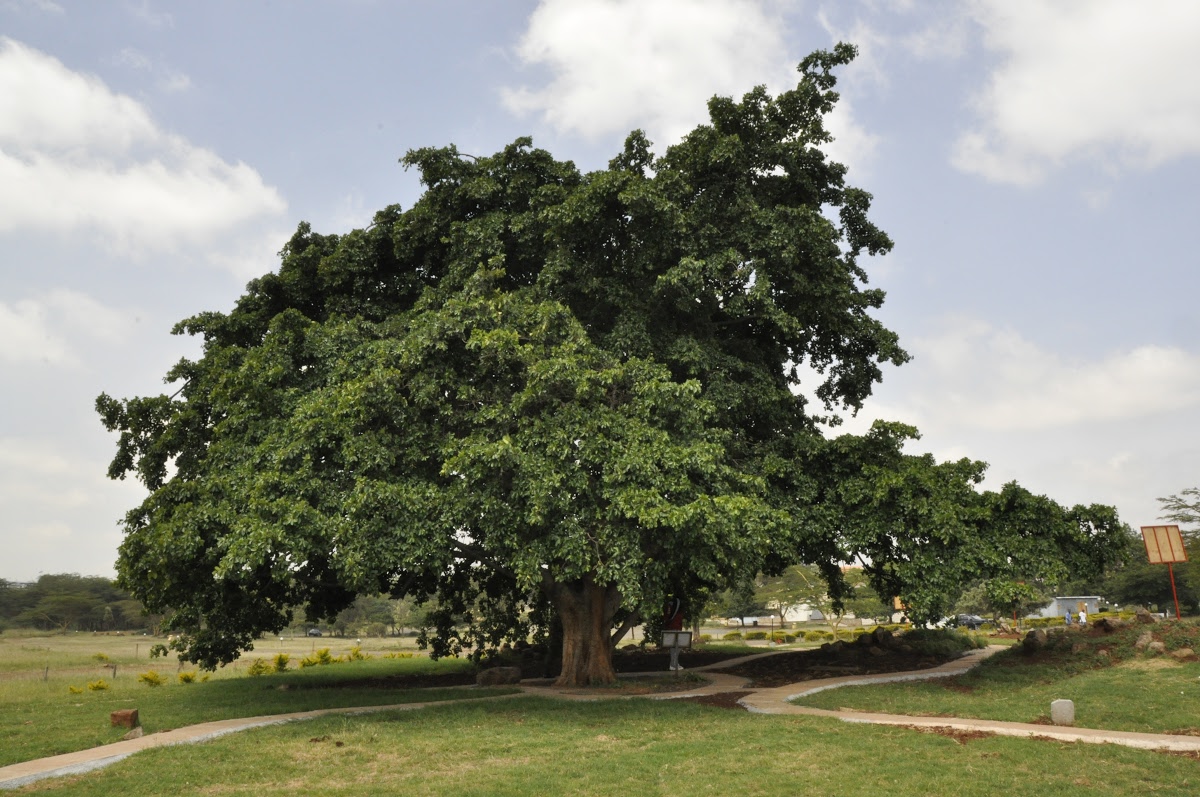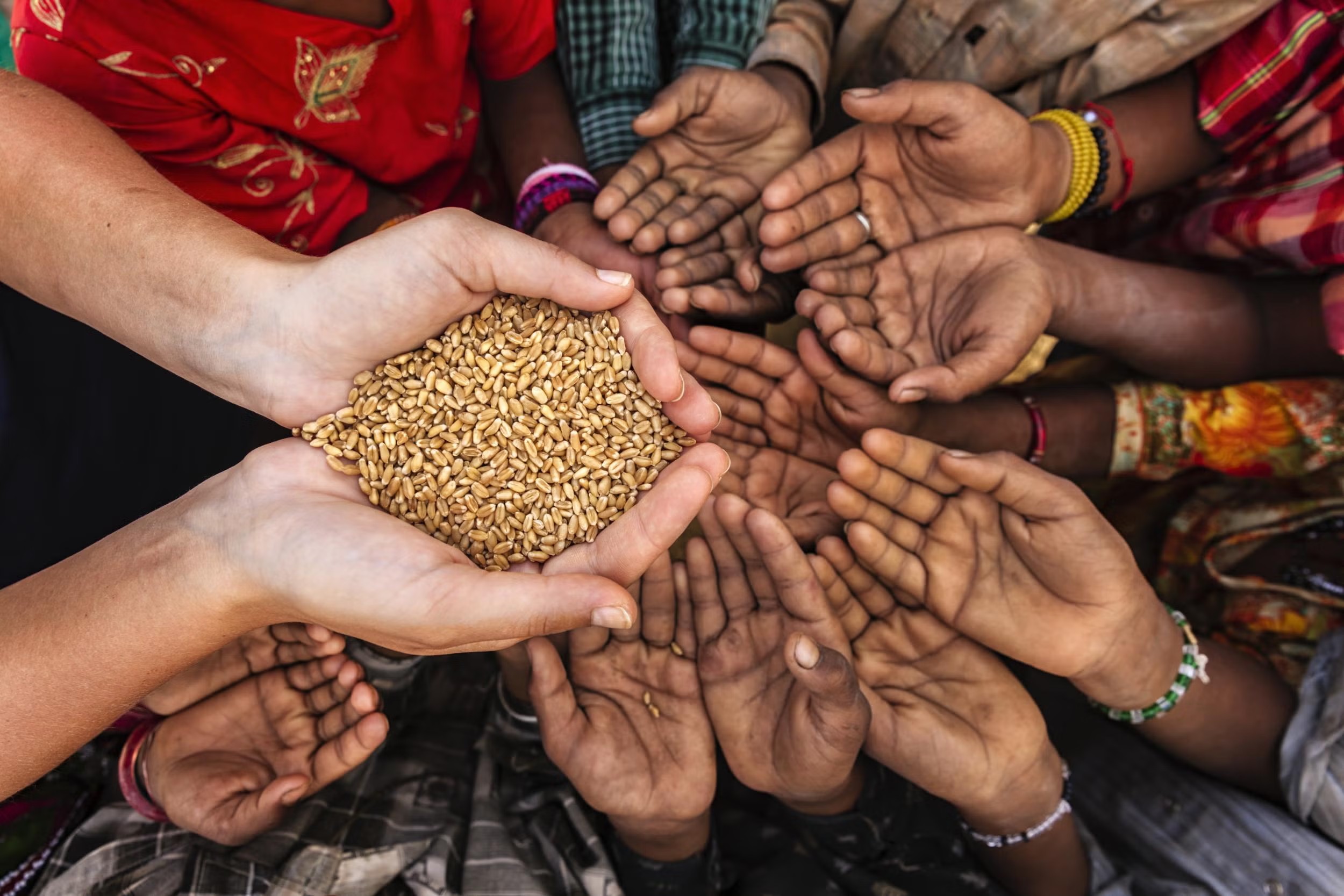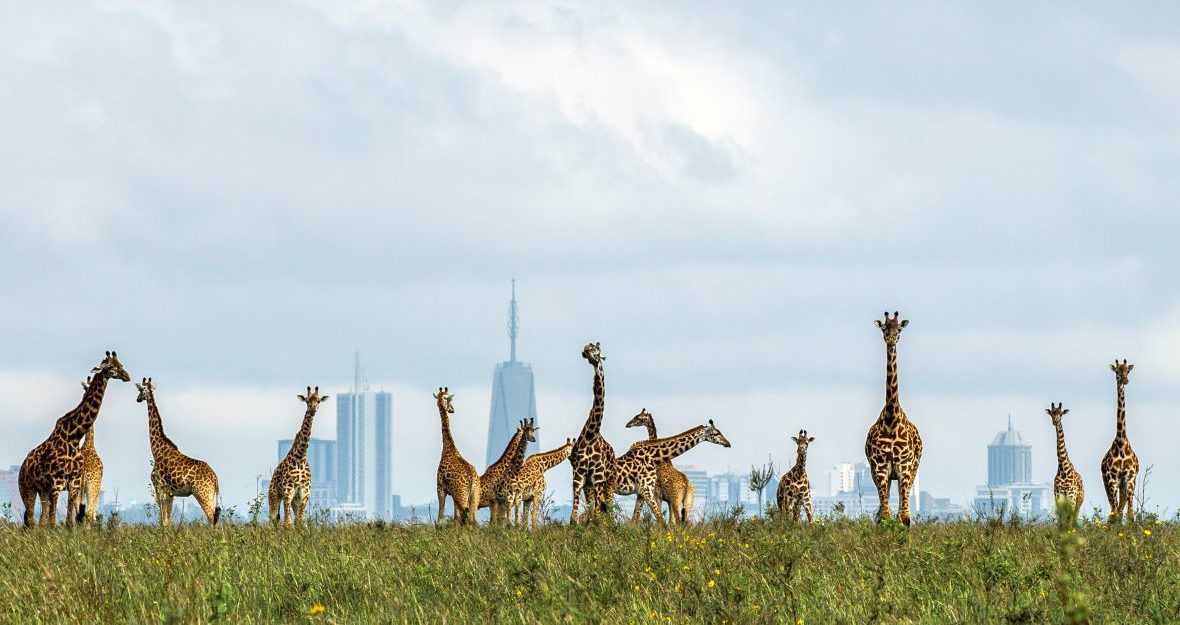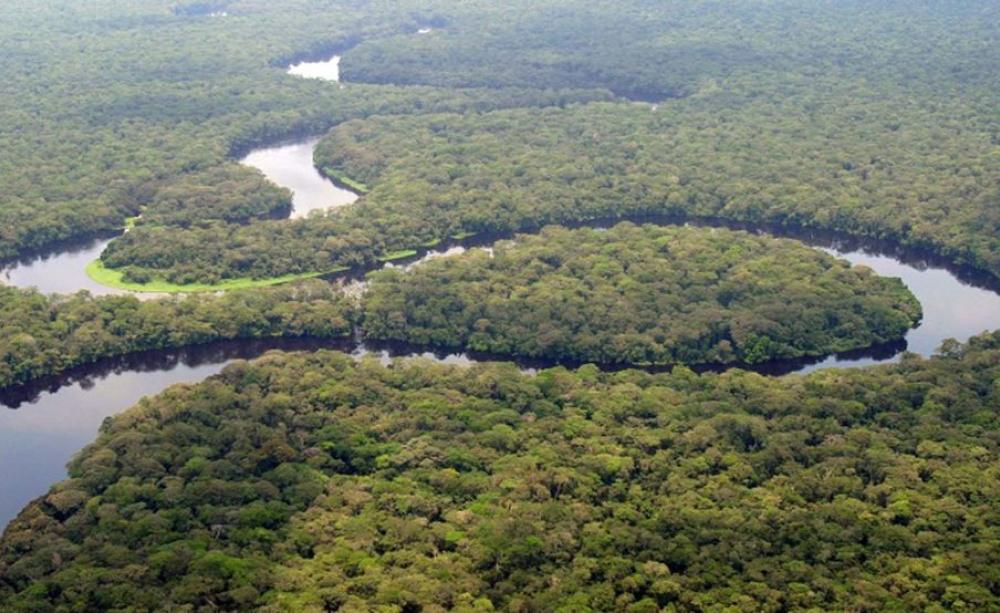- Protecting the Mugumo tree is not just about preserving cultural heritage. It is about safeguarding an essential pillar of Kenya’s natural environment.
The Mugumo tree, deeply significant among the Kikuyu in Kenya, is far more than a spiritual landmark. While its role as a sacred symbol has been widely recognized for generations, the Mugumo tree is also an ecological powerhouse that quietly sustains entire habitats.
Its contributions to biodiversity, soil health, and climate resilience remain underappreciated, even as the pressures of environmental degradation intensify.
As a keystone species in Kenya’s landscapes, the Mugumo tree plays an outsized role in supporting biodiversity. Unlike many trees that bear fruit only once a year, the Mugumo produces figs multiple times each season.
This dependable supply of fruit becomes a lifeline for countless birds, mammals, and insects, especially during the long dry spells when other food sources vanish.
Beyond feeding wildlife, the tree acts as a thriving microhabitat. Cavities in its trunk provide home space for owls and bats. Its dense canopy shelters birds and small animals from predators and harsh weather.
Read More
Dozens of insect species also depend on the Mugumo’s bark, leaves, and fruits for food.
Soil health is one of the Mugumo’s most critical gifts to the environment. Its sprawling root system holds the earth firmly in place, preventing erosion during heavy rains that can strip fields of precious topsoil.
As leaves fall and decompose, they form a rich layer of humus that restores nutrients to the ground and creates fertile conditions where crops and native plants can thrive.
The broad canopy also plays an equally important role. By shading the soil from direct sunlight, it helps retain moisture and cool the ground underneath, conditions that promote more resilient, healthier ecosystems.
Researchers have found that farms bordering mature Mugumo trees often have better soil fertility than neighboring plots without indigenous tree cover.
Despite its ecological importance, the Mugumo tree is increasingly under threat. Expanding agriculture, charcoal production, and urban development are destroying old trees faster than they can be replaced.
In many areas, younger generations have lost touch with the knowledge of how vital these trees are to the landscape. As a result, conservation efforts have lagged, and ancient stands are disappearing before new seedlings can take their place.
Protecting the Mugumo tree is not just about preserving cultural heritage. It is about safeguarding an essential pillar of Kenya’s natural environment.
Preserving mature trees should be a national priority, woven into reforestation. Without deliberate action, Kenya risks losing not only a powerful symbol of cultural identity but a living system that holds the land together.






